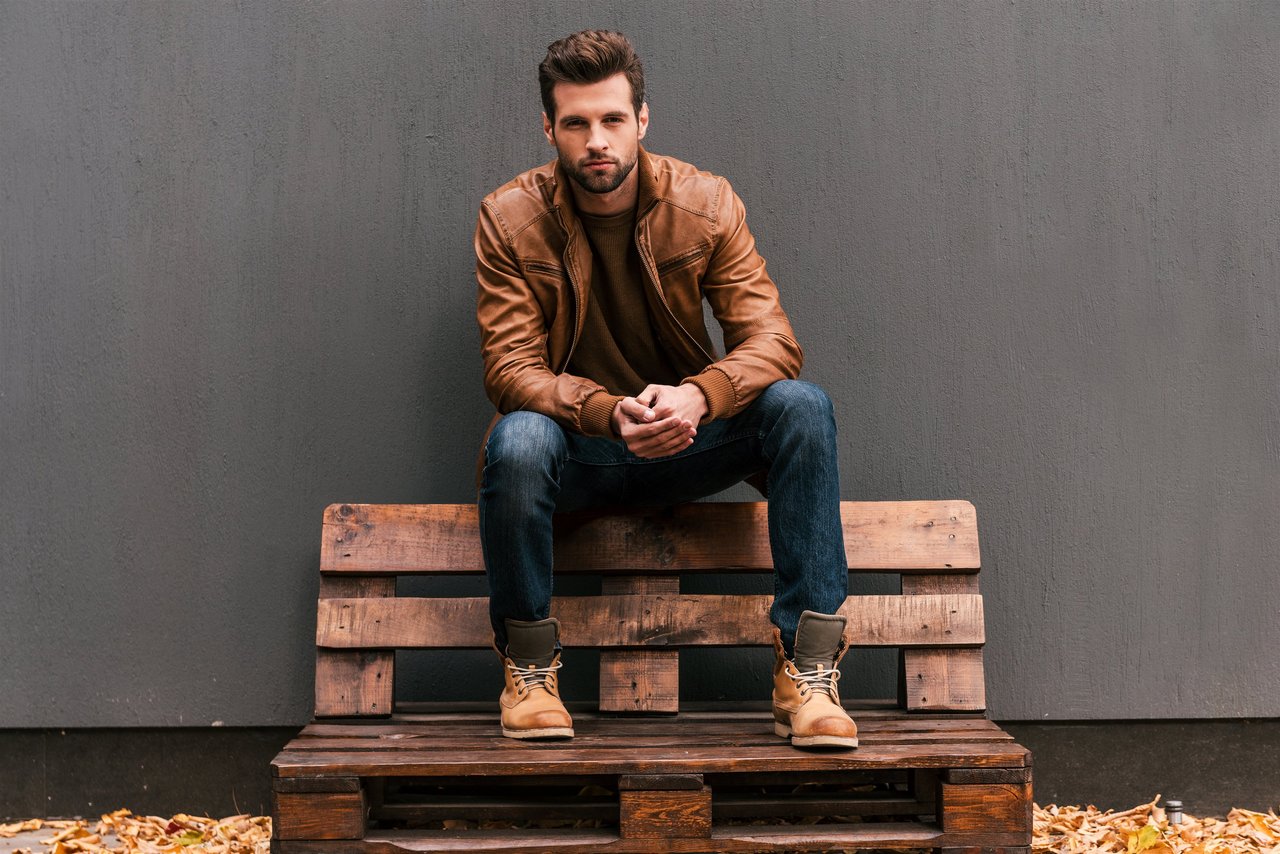Sexual Identity Issues Gay Men Face When Attracted to Women
Sexual identity issues can surface sharply when a gay man finds himself attracted to a woman. This situation often triggers deep internal confusion, raising questions about fixed orientation versus multiple attractions. A gay man attracted to woman faces emotional conflicts where familiar self-definitions are challenged. Such feelings are not a rare anomaly; psychology acknowledges that sexual identity isn’t always rigid but can shift or broaden over time. These issues stem from the complex nature of human sexuality and the societal expectations that reinforce clear-cut labels. Initial confusion can include doubts about one’s true orientation or fears of betraying earlier identity declarations. However, such experiences often open doors to deeper self-awareness and understanding of sexuality’s fluid spectrum. It is vital to recognize that sexual identity issues do not mean invalidity of one’s established identity but reflect the natural complexity of attraction and emotional connections. Many men report similar moments where they found unexpected feelings towards women, which prompted them to revisit long-held beliefs about their orientation. These experiences deserve careful consideration rather than dismissal, as they reveal the non-binary nature of human feelings.





